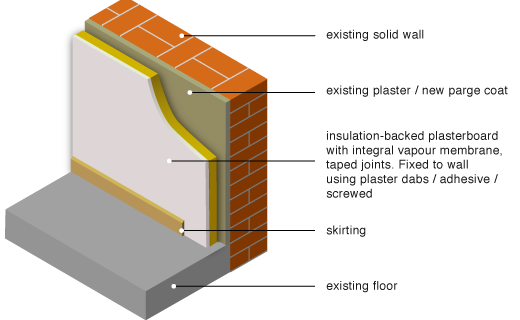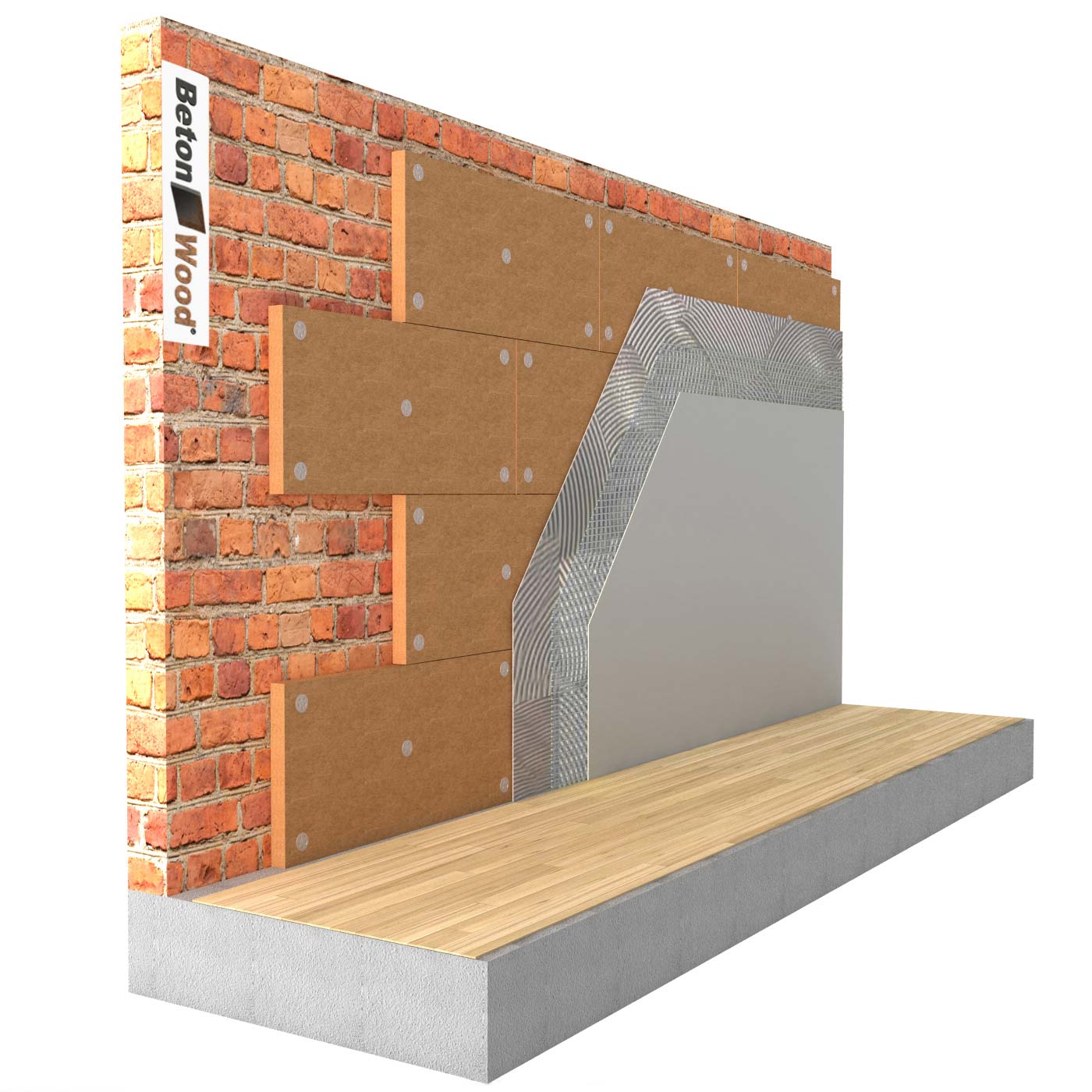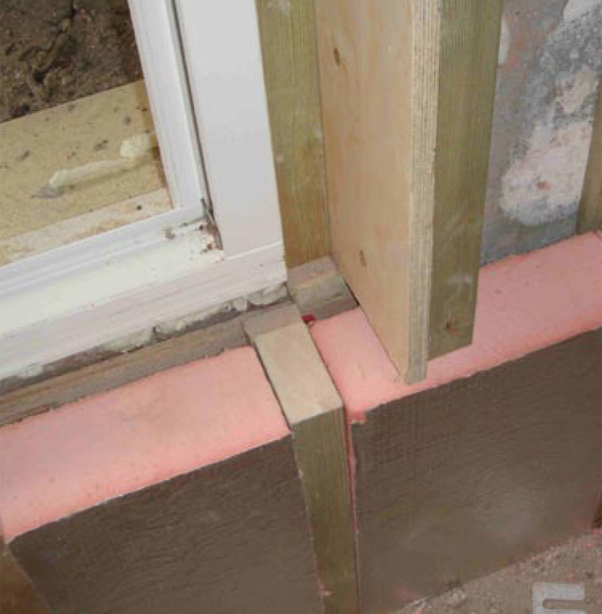Both external and internal wall insulation need to be at least 100mm thick otherwise they really aren t going to greatly improve the energy efficiency.
Thin insulation for internal walls.
For any property with cavities that cannot be filled internal wall insulation is a useful solution.
House wraps and kraft faced insulation are examples of vapor barriers that help control the amount of moisture that passes through the insulation.
Making your wall 100mm thicker on the inside obviously will make the room significantly smaller especially if you need to insulate more than one wall.
In a perfect world you would be able to unscrew invisible bolts remove drywall panels install insulation and reinstall the panels our less than perfect world of permanently attached wallboard means time consuming hacking away of gypsum individually removing drywall screws or nails installing r 13 or greater fiberglass roll insulation and re installing the drywall.
The analysis suggests that using thin insulation products can achieve up to 57 of the.
The internal surfaces of the walls will be much less likely to suffer condensation.
If you ve only just started looking into insulating products you might become overwhelmed by the sea of options.
It can be done in some rooms and not on others as the need may be.
For instance shipping containers which have a narrow width to begin with can be insulated without giving up too much valuable space to attaching insulation to the walls.
Udiin2cm wood fibre internal insulation boards are a fantastic way to add insulation when space is tight.
Ultra thin wood fibre insulation boards udiin 2cm.
Aerogel insulation is also exciting because it provides good benefit with a thin profile.
This study has assesses the effects of installing thin internal wall insulation iwi in existing housing.
Insulation is what keeps your house warm during winter and cool during the summer.
Aerotherm insulation keep comfortably warm in your home with just a 1mm coating to your internal walls and ceilings using innovative technology the ultra thin reflective plaster provides up to 35 energy savings in a simple application.
But when you put insulation in interior walls you re probably doing it to protect your privacy.
The benefits of internal wall insulation.
Most used when framing the exterior walls of a house.
Ideal for insulating around stairs narrow corridors or where windows are very close to corners.





























